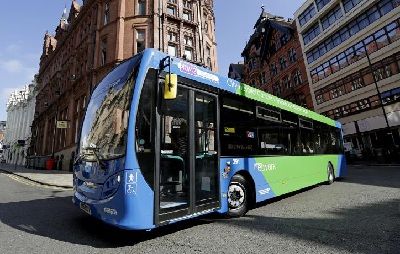
A ‘brownfield passport’ could be issued across UK towns and cities to make sure “the default answer to brownfield development is ‘yes,’” according to a government consultation.
The move is part of the government’s plan to build 1.5 million homes over the next five years, says The Ministry of Housing, Communities and Local Government. Over the last five years the country has built around one million homes.
The government will publish its updated National Planning Policy Framework paper by the end of the year, which will raise housing targets and make them mandatory for local councils.
This will include development on green belt and ‘grey belt’ land, which the government classes as “lower quality” or derelict areas of the green belt.
But the planning reform working paper says “the first port of call for development should be brownfield land”.
It adds: “The government wants to consider whether there are opportunities to go further still in terms of providing faster and more certain routes to permission for urban brownfield land, and in particular whether we could introduce a ‘brownfield passport’ to ensure that the default answer to brownfield development is ‘yes.’”
The department says the development of brownfield land should mean:
- Bringing vacant and under-used brownfield sites into more productive use
- Identifying where existing developed land would benefit from redevelopment, intensification or a change of use
- The communication of brownfield opportunities, with plans informed by the views of local communities
- Ensuring that these developments contribute to making great places, which support resilient communities
The paper says that the density of the UK’s urban population is an area it will look at.
It says: “Many of our urban areas have been developed at a relatively low density, especially compared with cities and towns in parts of continental Europe; no square kilometre in England has more than 25,000 inhabitants, when cities such as Barcelona and Paris have more than double that.”
The paper adds that another option is that “developments should be of at least four storeys,” which overlook busy streets in areas that have “a high level of accessibility”.
The department’s consultation will close on 24 September.



